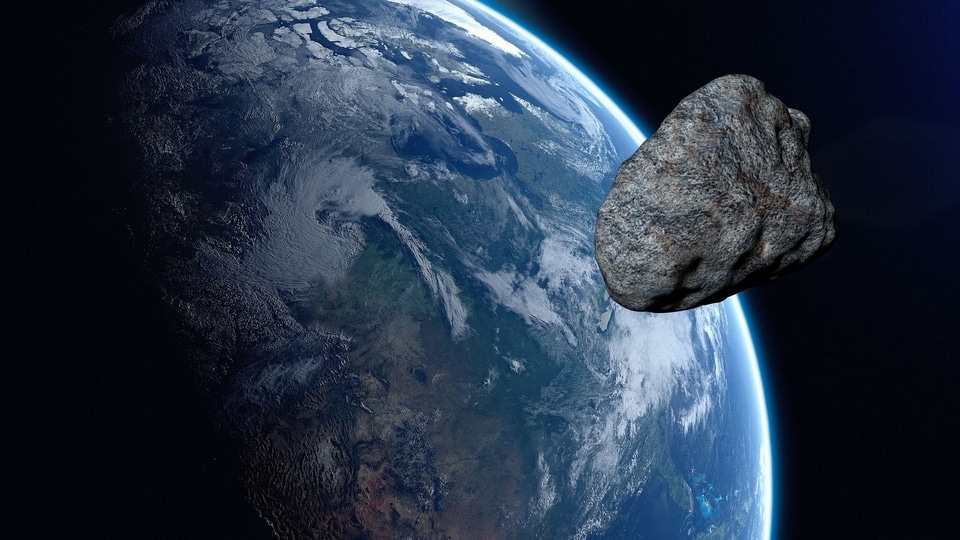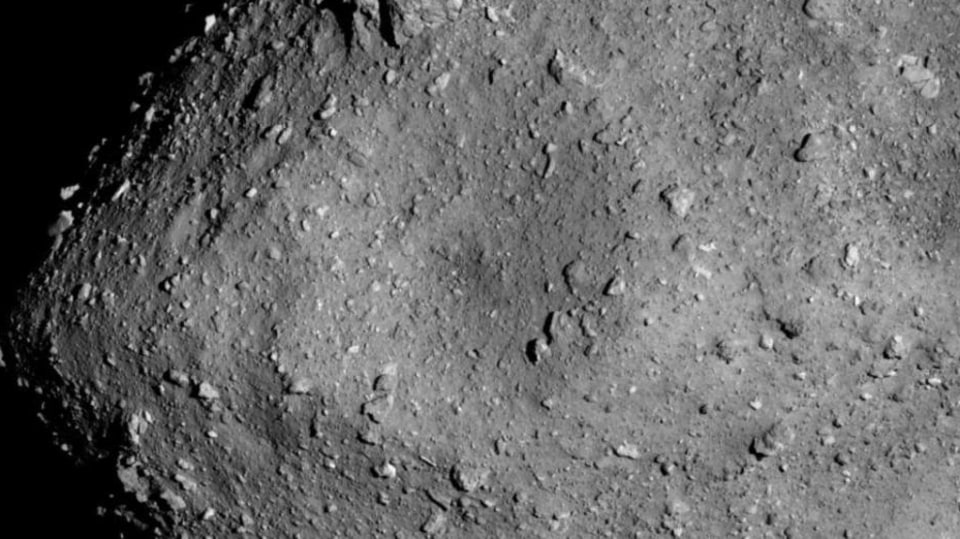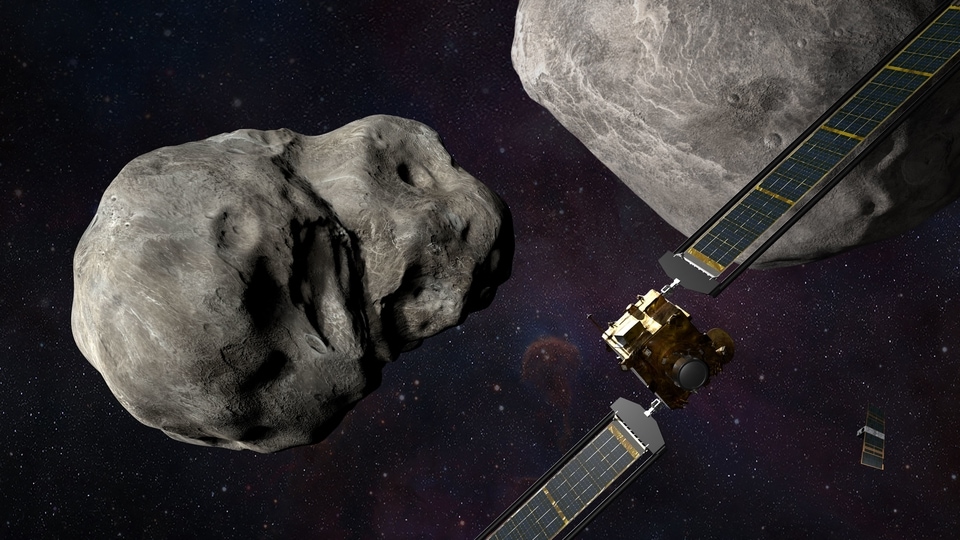Huge asteroid, clocked at an amazing 64800kmph, sets up close encounter with Earth on August 22
NASA has warned that Asteroid 2020 QW3 has been observed heading for Earth at staggering speed. It will miss Earth by just a few million miles.



_1639115875543_1639115887157.jpg)


 View all Images
View all ImagesA 92 feet wide asteroid named Asteroid 2020 QW3, nearly the size of an aeroplane, will just miss Earth on August 22. The close encounter between the Earth and the asteroid will happen at 06:41am, according to NASA. Although it will not collide with Earth, it will pass close enough to Earth and therefore, has attracted the attention of NASA. Asteroid 2020 QW3 is different from previous asteroids that have flown past Earth recently as it does not belong to the Apollo group of asteroids but the Amor group. The asteroid orbits around the Sun, taking almost 732 days to complete 1 orbit.
The Asteroid 2022 QW3 will fly past Earth on August 22 at 06:41am at a distance of 3.3 million kilometers at a staggering speed of 64800 kilometers per hour. Although NASA has stated that this asteroid will not pose any viable threat to Earth, it was still classified as a potentially hazardous asteroid due to the close proximity of its encounter with Earth.
According to Sky.org, it is at a maximum distance of 321 million kilometers from the Sun. On the other hand, its distance from the Earth is just 8.96 million kilometers, equivalent to 0.06 astronomical units. An astronomical unit (AU, or au) is basically a unit of length equal to the average, or mean, distance between Earth and the Sun, that is, 149,597,870.7 km (92,955,807.3 miles).
What would happen if an asteroid is headed for impact with Earth?
Apocalyptic movies like Deep Impact, Armageddon and Don't Look Up have always explored the ‘What Ifs' of world destruction, with the most famous means of world destruction being asteroids crashing into Earth.
Now, NASA is readying itself to defend the planet against a very similar threat that is posed by asteroids. A NASA mission is in the works to deflect an asteroid off its course by smashing a spacecraft into it at a staggering speed of 23,000kph. This NASA mission is named Double Asteroid Detection Test or DART.
Catch all the Latest Tech News, Mobile News, Laptop News, Gaming news, Wearables News , How To News, also keep up with us on Whatsapp channel,Twitter, Facebook, Google News, and Instagram. For our latest videos, subscribe to our YouTube channel.





























